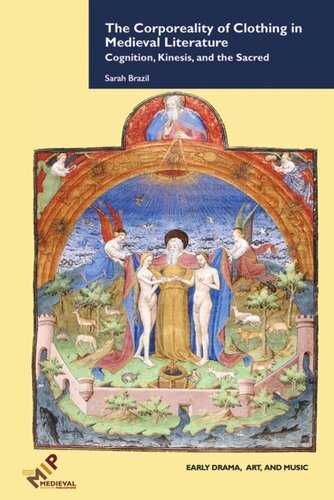

Most ebook files are in PDF format, so you can easily read them using various software such as Foxit Reader or directly on the Google Chrome browser.
Some ebook files are released by publishers in other formats such as .awz, .mobi, .epub, .fb2, etc. You may need to install specific software to read these formats on mobile/PC, such as Calibre.
Please read the tutorial at this link: https://ebookbell.com/faq
We offer FREE conversion to the popular formats you request; however, this may take some time. Therefore, right after payment, please email us, and we will try to provide the service as quickly as possible.
For some exceptional file formats or broken links (if any), please refrain from opening any disputes. Instead, email us first, and we will try to assist within a maximum of 6 hours.
EbookBell Team

0.0
0 reviewsEvery known society wears some form of clothing. It is central to how we experience our bodies and how we understand the sociocultural dimensions of our embodiment. It is also central to how we understand works of literature. In this innovative study, Brazil demonstrates how medieval writers use clothing to direct readers’ and spectators’ awareness to forms of embodiment. Offering insights into how poetic works, plays, and devotional treatises target readers’ kinesic intelligence—their ability to understand movements and gestures—Brazil demonstrates the theological implications of clothing, often evinced by how garments limit or facilitate the movements and postures of bodies in narratives. By bringing recent studies in the field of embodied cognition to bear on narrated and dramatized interactions between dress and body, this book offers new methodological tools to the study of clothing.